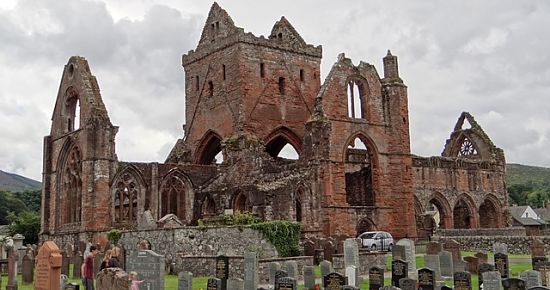 In contrast to the Solomon temple replica in Brazil, the churches of Canada are being re-purposed into gyms.
In contrast to the Solomon temple replica in Brazil, the churches of Canada are being re-purposed into gyms.
MONTREAL — Weight machines fill the space where once there were pews, and visitors sip nutritional green smoothies, not communion wine. But despite its dramatic transformation into a private gym and spa, the onetime Dominican St. Jude’s Shrine on Montreal’s St. Denis Street remains a temple of sorts.
“It becomes almost a religion for some people,” Sonya Audrey Bonin, general manager of the Saint-Jude Espace Tonus gym, said this week. “I see it with yoga, with taking care of yourself, being careful about what you eat, having a healthy lifestyle.” And in a secular age when people are more likely to hit the gym than attend mass on a Sunday morning, the upscale facility is being hailed as a model for preserving the religious buildings that constitute an important part of Quebec’s architectural heritage.
Quebec’s Religious Heritage Council was created in 1995 with provincial funds and a mission to repair the province’s crumbling churches. Dwindling congregations meant that parishes were having a hard time paying for repairs, so the council identified the buildings with the greatest heritage value and subsidized their maintenance.
But after 18 years and $371-million invested by the government, the council recognized that it makes little sense to repair buildings simply to keep them standing. They need to be occupied, and churches are having a harder time doing that. “The issue has changed,” said Denis Boucher, a project manager with the heritage council. “Today, we speak a lot more about finding uses for churches.” In the past, the council’s grants were reserved for churches still used as places of worship. Last year that was changed, and now the council can help non-profit organizations, municipalities and even private owners seeking to transform former churches.















